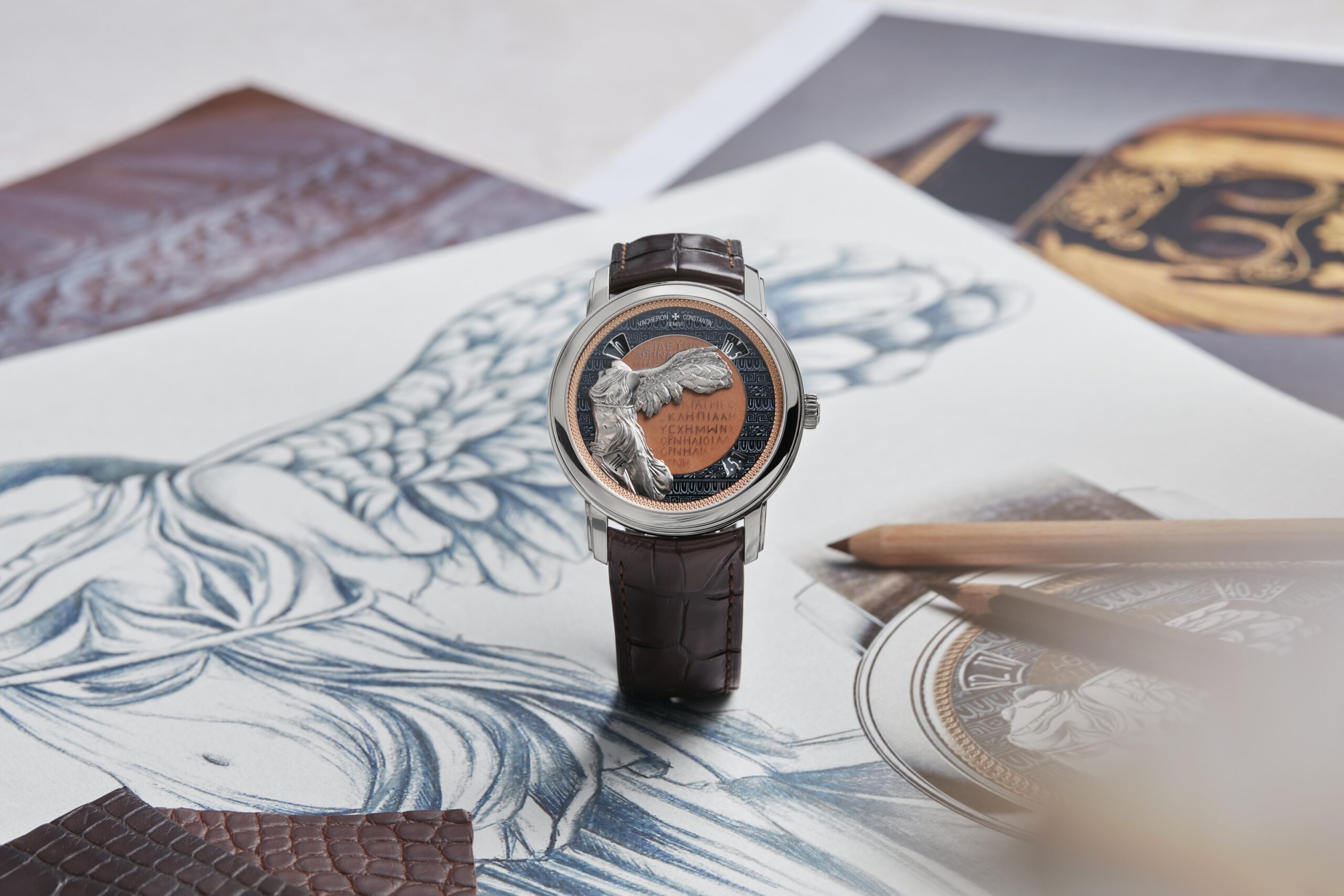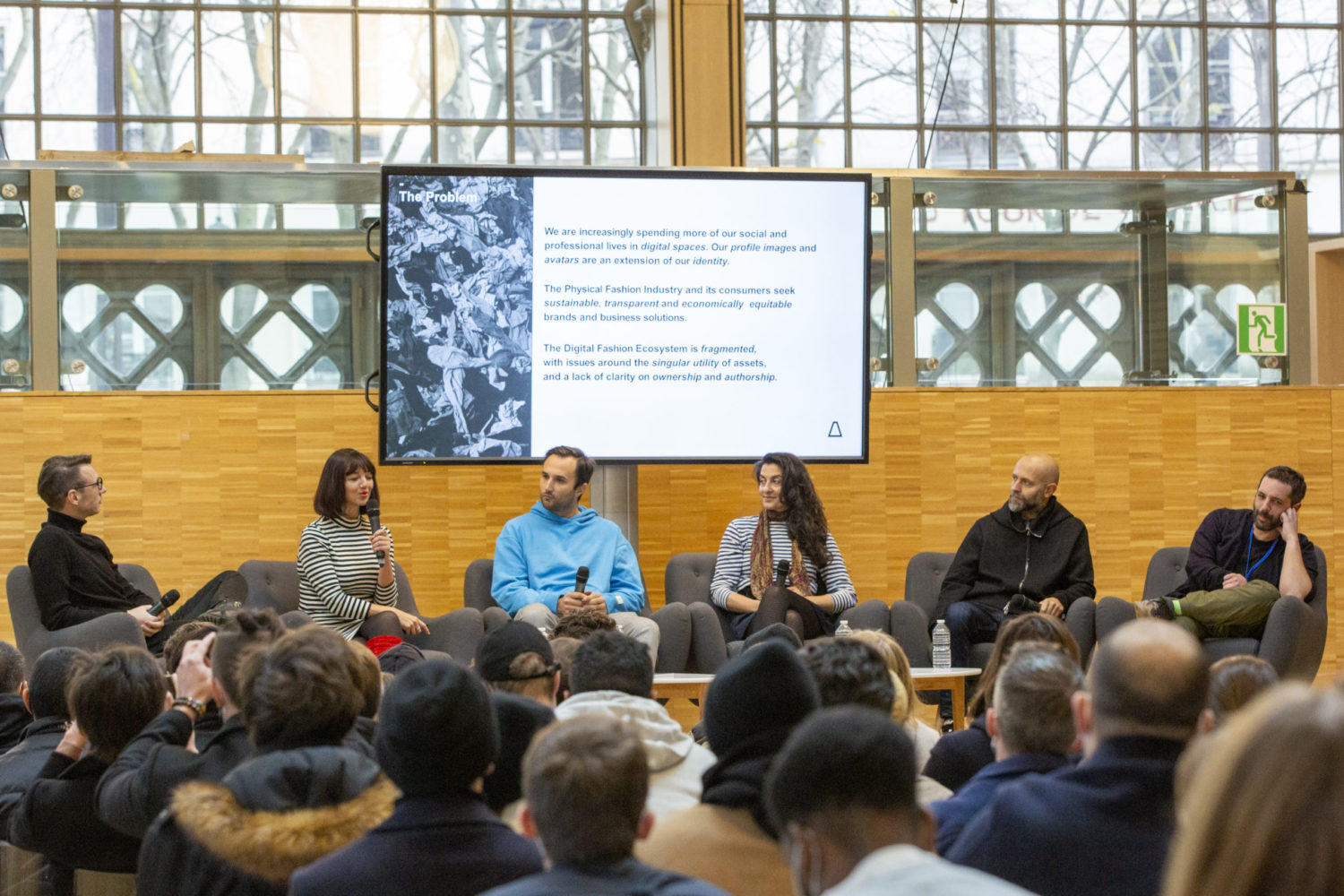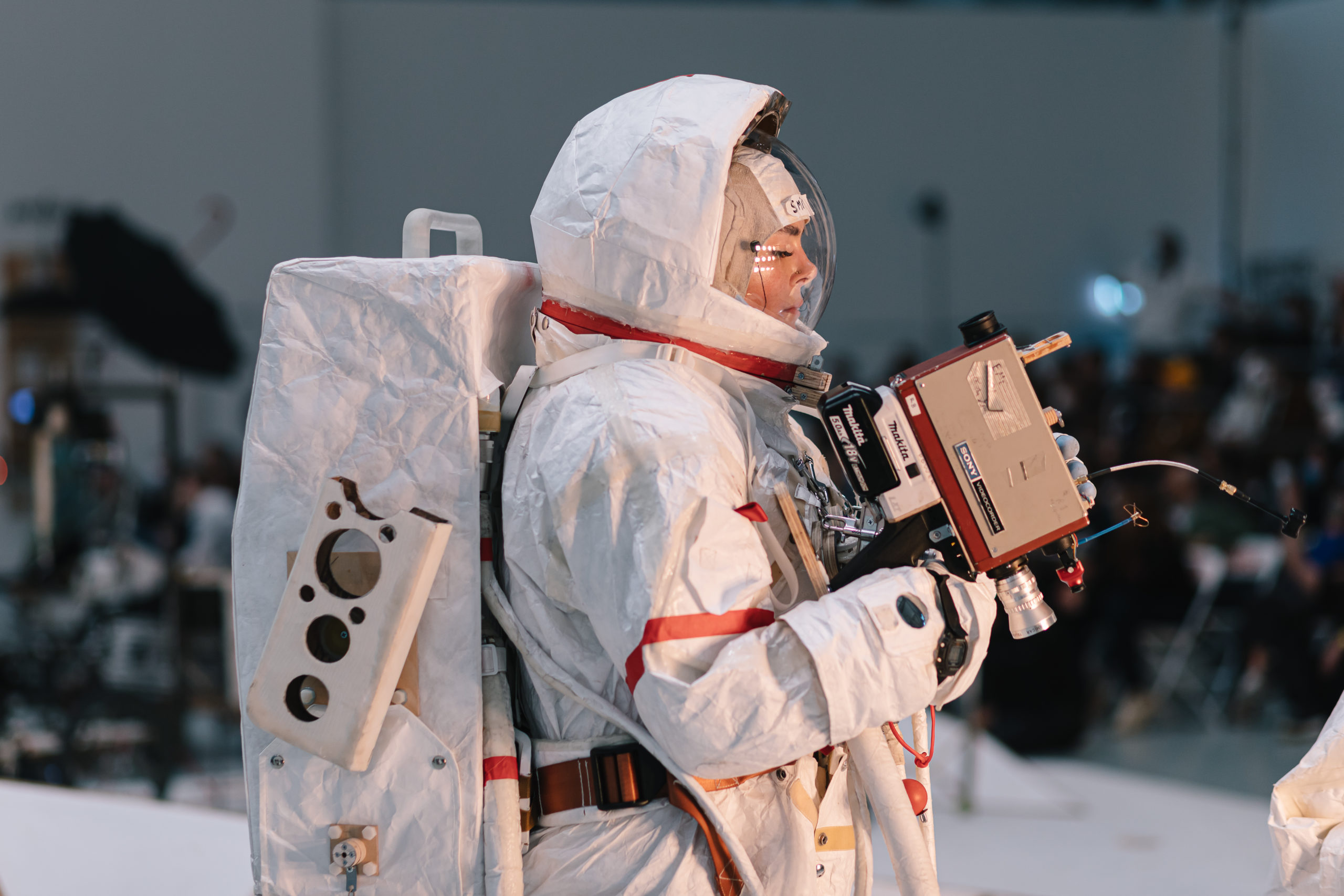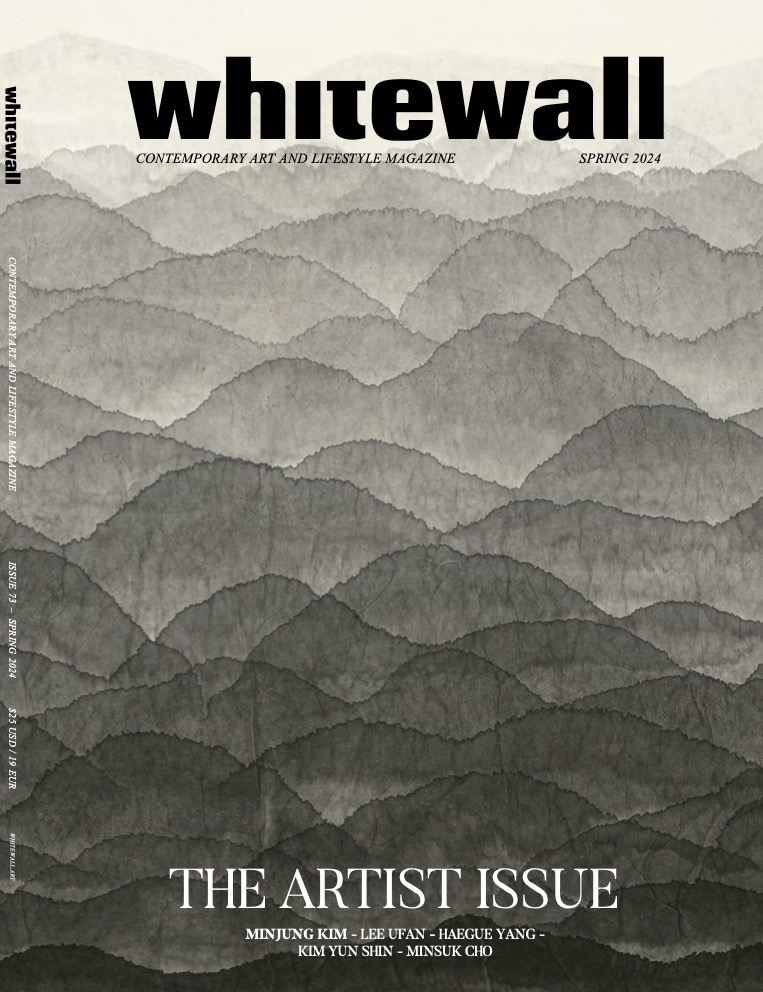Earlier this month, creative publication LE BOOK hosted the Paris iteration of its “Connections” conference in-person at the city’s Carreau Du Temple. Conceived as a space to link like-minded creatives, firms, and businesses through presentations, exhibitor booths, and talks, the event saw the “Conversations” series hosted in partnership with TMINT and media partner Whitewall, focused on topics exploring the role of the ever-expanding Metaverse in relation to fashion, sports, music, and art, respectively.
Kicking off the second day of the conference on December 2, the panels began with “THE METAVERSE x FASHION!”, moderated by James Joseph, the Editorial Director of CYBR and TMINT. For the occasion, a full house joined in welcoming a panel of experts in the cross-section of fashion and technology, including the digital fashion hub RTFKT’s co-founder Benoit Pagotto; the co-founder of NFT-based luxury platform, Arianee, Luc Jodet; Karinna Nobbs, who is the co-founder of the digitalized fashion hub The Dematerialised; the Head of Content & Strategy at digital fashion house The Fabricant, Michaela Larosse; and Stefano Rosso, who is the CEO of the gaming lifestyle platform D-CAVE and a Board Member at the blockchain-based AURA and fashion group OTB.
“Digital Fashion needs people from different communities and tribes to think of different aesthetics—no need to replicate regular fashion,” said Pagotto, whose fashion-based digital platform RTFKT was recently acquired by Nike. “With the Metaverse, brands do not have consumers anymore, but their audience is now a community that can support them and even create with the products brands are selling—communities can now bring more value to a brand than the brand itself.”
With fashion as a relatively new concept in the fields of NFTs and augmented reality, Joseph opened the talk with an overview of CYBR’s own happenings in the digital fashion space—which includes elements like the ability to scan garments seen in the publication, conveniently allowing users to try clothes on using AR programs. “To be successful in the Metaverse, brands need to understand the utility beyond the technology,” said Jodet.
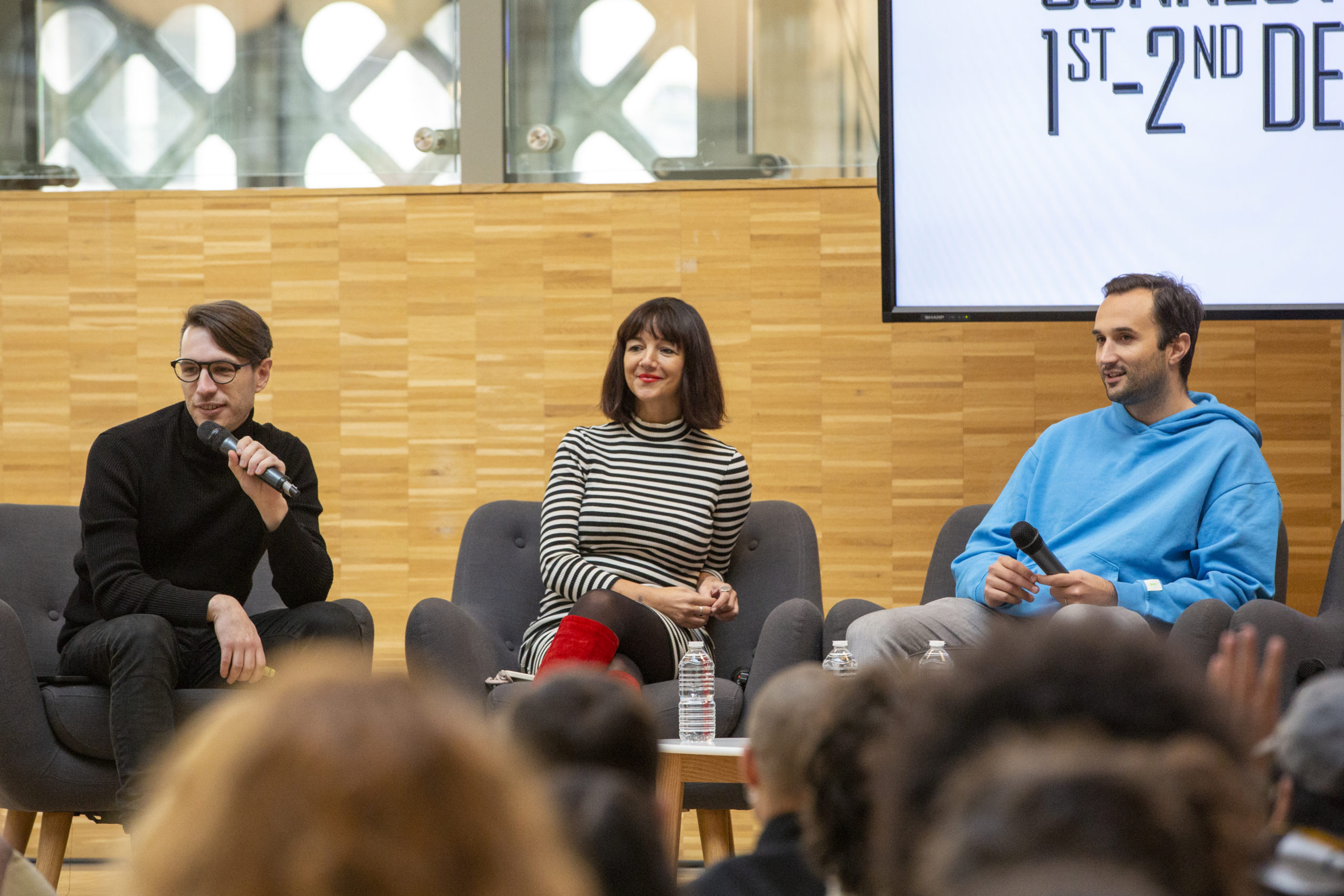
Connections Conversations Paris 2021, “THE METAVERSE x FASHION,” courtesy of Le Book.
Embracing the Metaverse for its easy accessibility to most, the participants shared, in turn, their experience with fashion in the virtual world—much of which is still in the developmental stages. With known names in the industry like Off-White and Diesel joining the game, it is becoming standard practice for brands to collaborate with digital artists, working together to create exquisite garments to be experienced in the Metaverse, which can then be customized and minted as NFTs by users.
“Physical brands should start thinking of the digital world itself as a new source of revenue,” said Larosse. “The digital space is so much more creatively exciting.” Anticipating that the virtual realm will become integrated into our daily lives, the digital fashion technology can be categorized into three sectors: 2D assets like video and audio, 3D assets to be enjoyed in the digital realm, and the interaction of physical/digital twins, which allow the user to experience a product both virtually and in their corporeal existence.
Along with regarding the Metaverse as a space for untapped creative freedom, the discussion also touched on the environmental aspects of the topic and the potential positive effects on the environment and the fashion industry’s heavy footprint. “The global blockchain industry is really concerned by the environment and every stakeholder is looking to be carbon free as soon as possible,” said Rosso.
“[Something] I think will be super interesting going forward is looking at how we can use digital twins and physical twins together to move towards zero infantry and made-to-order manufacturing,” Nobbs said. “That’s where I think it can have a big impact in disrupting the physical fashion sector.”


